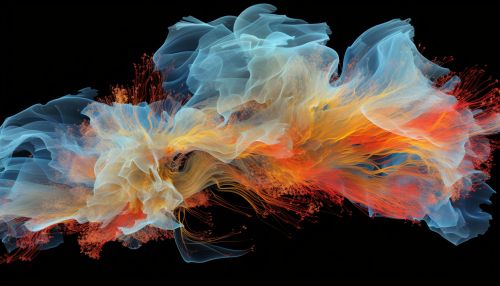The Science of Human Neuroaesthetics
Introduction
Neuroaesthetics is a rapidly developing interdisciplinary field that seeks to explore the neural processes underpinning aesthetic experience, artistic creativity, and the appreciation of beauty. This field integrates neuroscience, psychology, philosophy, and art history to understand how humans respond to aesthetic stimuli and how these responses are processed in the brain Neuroscience.


History and Development
The term "neuroaesthetics" was first coined in the late 20th century by Semir Zeki, a neurobiologist at University College London Semir Zeki. Zeki and his colleagues were among the first to use functional magnetic resonance imaging (fMRI) to study the brain's response to visual stimuli, paving the way for the development of neuroaesthetics as a distinct field of study.
Theoretical Frameworks
Cognitive Neuroscience of Aesthetics
The cognitive neuroscience of aesthetics focuses on the cognitive processes involved in aesthetic experience. This includes the perception, interpretation, and evaluation of aesthetic stimuli.


Emotional Aesthetics
Emotional aesthetics, on the other hand, focuses on the emotional responses elicited by aesthetic stimuli. This includes feelings of pleasure, awe, and beauty, as well as negative emotions such as disgust or fear.
Evolutionary Aesthetics
Evolutionary aesthetics posits that our aesthetic preferences have been shaped by natural selection. This perspective suggests that certain aesthetic preferences may have conferred survival advantages, leading to their propagation across generations.
Neural Correlates of Aesthetic Experience
Research in neuroaesthetics has identified several brain regions that are consistently activated during aesthetic experiences. These include the orbitofrontal cortex (OFC), the anterior cingulate cortex (ACC), and the ventromedial prefrontal cortex (vmPFC) Prefrontal Cortex.


Neuroaesthetics and Art
Neuroaesthetics provides a unique lens through which to understand art and artistic creativity. By studying the neural correlates of aesthetic experience, researchers can gain insight into the cognitive and emotional processes that underlie artistic creation and appreciation.
Criticisms and Controversies
Despite its rapid growth and increasing popularity, neuroaesthetics has been met with criticism from some quarters. Critics argue that the field oversimplifies the complex, subjective nature of aesthetic experience and reduces art to a series of neural processes.
Future Directions
The future of neuroaesthetics lies in its potential to bridge the gap between the sciences and the humanities. By integrating insights from neuroscience, psychology, philosophy, and art history, neuroaesthetics holds the promise of a more comprehensive understanding of human aesthetic experience.
